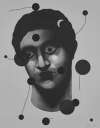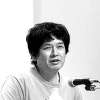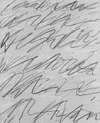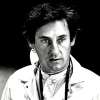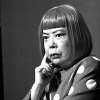Elisabeth
Frink
Elisabeth Frink, an icon of British sculpture, is acclaimed for her deeply expressive and textured works. If you’re looking for original Elisabeth Frink prints and editions for sale or would like to sell, request a complimentary valuation and browse our network’s most in-demand works.
Elisabeth Frink art for sale
Discover Elisabeth Frink prints for sale, exclusively available through our private network of collectors. Explore signed and unsigned screenprints, lithographs, digital prints, and rare editioned proof prints by era-defining blue chip artists.
Sell Your Art
with Us
with Us
Join Our Network of Collectors. Buy, Sell and Track Demand
Biography
Born in 1930 in Suffolk, Elisabeth Frink’s upbringing in the countryside against a World War II backdrop provided inspiration that would later influence her work. Frink's education at the Guildford School of Art and subsequently at the Chelsea School of Art was integral in honing her style. Early in her career, she was drawn to themes of nature and animals, which evolved to include more human forms and expressions. Her early works, characterised by their rough and textural surfaces, showcased her approach to sculpture, focusing on the raw and emotive aspects of her subjects.
Frink's sculptures, such as the Goggle Head, reflect her fascination with the human condition and the physicality of emotion. Her ability to capture strength and vulnerability through her sculptures earned her widespread acclaim, and in the later years of her career, Frink continued to push the boundaries of her medium.
Frink was part of the Geometry of Fear group, a postwar British sculpting movement known for its visceral approach to the human condition. Frink's subject matter, predominantly male forms, birds, dogs, and horses, rarely included female representations, a choice that made her depictions of men, characterised by their vulnerability and aggression, all the more interesting.
One of Frink’s most defining early projects was her contribution to the Harlow New Town development, where her public sculptures played a key role in integrating art into post-war urban planning. This project set the stage for numerous public commissions that Frink would undertake throughout her career, cementing her role in bringing sculpture into the public.
Frink's collaboration with the Coventry Cathedral for their war memorial further highlighted her capacity to address pressing themes like conflict and remembrance through her art. Her influence extended beyond her sculptures, as she also made notable contributions in printmaking and illustration, bringing her application of form and expression to these mediums. Throughout her career, Frink received numerous accolades, including her election as a Dame of the British Empire, in recognition of her contributions to art and society.


























